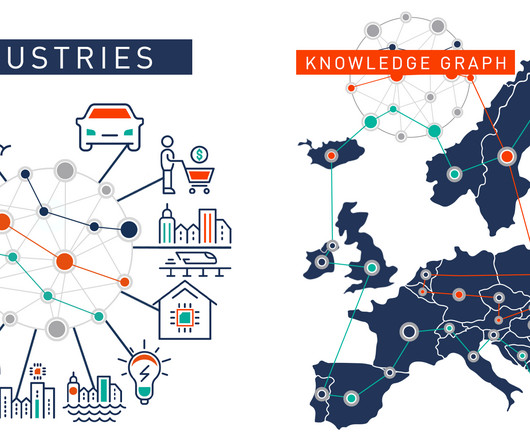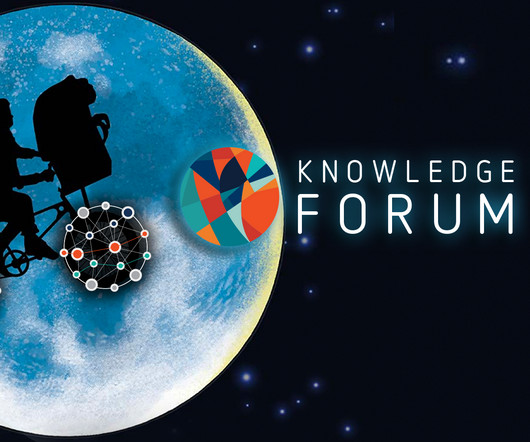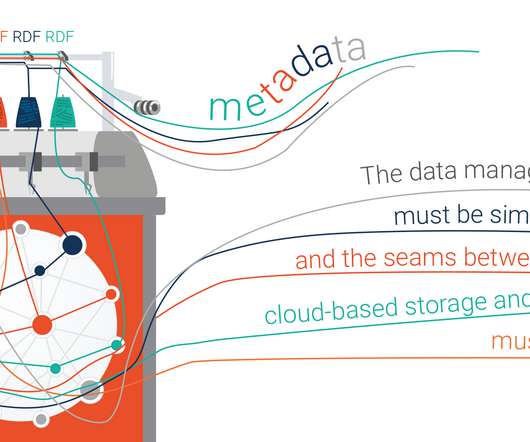Are You Content with Your Organization’s Content Strategy?
Rocket-Powered Data Science
JULY 6, 2021
What attributes of your organization’s strategies can you attribute to successful outcomes? Seriously now, what do these word games have to do with content strategy? Specifically, in the modern era of massive data collections and exploding content repositories, we can no longer simply rely on keyword searches to be sufficient.















Let's personalize your content